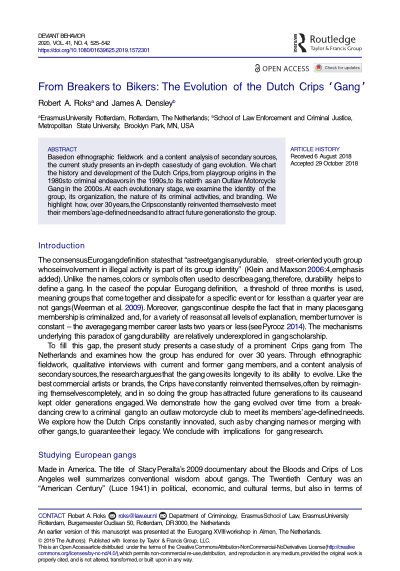By Harm Reduction International
This report follows development aid being spent on narcotics control around the world. It calls on governments and donors to divest from punitive and prohibitionist drug control regimes which undermine their other health and human rights commitments, and invest in programmes which prioritise community, health and justice.
Mass incarceration and overpopulated prisons. Death sentences. Civilians killed during counter-narcotics operations by specialised police units. Poor farmers’ livelihoods destroyed by aerial spraying and other ‘forced eradication’ of crops they keep. Rights violated by forced treatment programmes, discrimination, and barriers to health care. These are among the consequences of the global war on drugs that has particularly impacted poor, marginalised, and racialised communities around the world.
The evidence base for such negative impacts is now vast and widely recognised internationally, including by United Nations (UN) agencies and in reports published by the World Bank and the Organisation for Economic Cooperation and Development (OECD). Also well-documented internationally are the benefits of alternative approaches to drug policy – including harm reduction initiatives that advance, rather than undermine, public health and human rights – and the lack of evidence that punitive and prohibitionist approaches to drugs have actually curbed drug use. Despite this, vast amounts of international funding continue to flow to punitive drug control activities, while harm reduction remains vastly underfunded.
There is a long history of drug policy being used by world powers to strengthen and enforce their control over other populations, and to target specific communities. Racist and colonial dynamics continue to this day, with wealthier governments, led by the US, spending billions of taxpayer dollars around the world to bolster or expand punitive drug control regimes and related law enforcement. These funding flows are out of pace with existing evidence, as well as international development, health, and human rights commitments, including the goal to end AIDS by 2030. They rely on and reinforce systems that disproportionately harm Black, Brown and Indigenous people worldwide.
In order to decolonise drug policy and advance health- and human rights-based approaches, the material and financial bases of punitive drug control must be revealed and redirected. This report contributes to these goals by synthesising existing research on international financial flows for punitive drug control, and adding new analysis of data on official development assistance (ODA) spent by aid donors and institutions on “narcotics control”. These specific, public budgets are supposed to support international development, including health goals and global poverty reduction. This spending is more commonly associated with initiatives to vaccinate and educate children, for instance – but project-level data included in this report shows that some of it has also gone to supporting things like undercover policing, “intelligence-led profiling”, and efforts to increase arrests and prosecutions for drug-related offences.
LACK OF TRANSPARENCY
Each year, aid donors report their spending to the OECD which maintains what is called its Creditor Reporting System (CRS). According to the most recent update of the data in this system (from mid-December 2022, covering spending through the end of 2021), more than USD 930 million of aid money was spent on “narcotics control” projects in countries around the world in the ten years from 2012-2021. This includes spending by dozens of donors – led by the US, EU, Japan, and the UK. Tens of millions of dollars of this total (at least USD 68 million over the period studied) were spent in countries that have the death penalty for drug-related offences. This raises particularly serious concerns about whether and how aid budgets have bolstered regimes that execute people, building upon previous HRI research in this area. While some donors, such as the UK, have spent less aid this way in recent years, others have increased it – most notably the US, where such spending rose significantly in 2021, in the first year of President Joe Biden’s administration.
Though data availability and transparency vary across projects and donors, this analysis reveals how aid money has supported approaches that undermine global development goals and “do no harm” principles. Put simply: aid funding is supposed to help poor and marginalised communities, while punitive drug control regimes have been shown to disproportionately negatively affect them. This makes such regimes a poor fit for such important yet limited development budgets. This research also shows how these donors have numerous opportunities – as well as obligations – to change how they invest in global drug policy by funding under-resourced, evidence-based, and health- and human rights-centred harm reduction efforts instead, worldwide.
London: HRI, 2023. 38p.





















